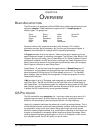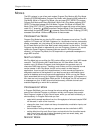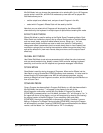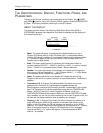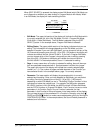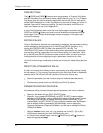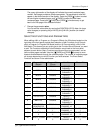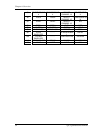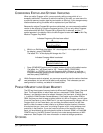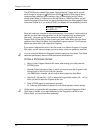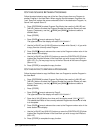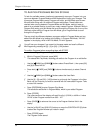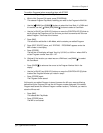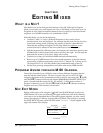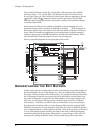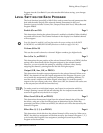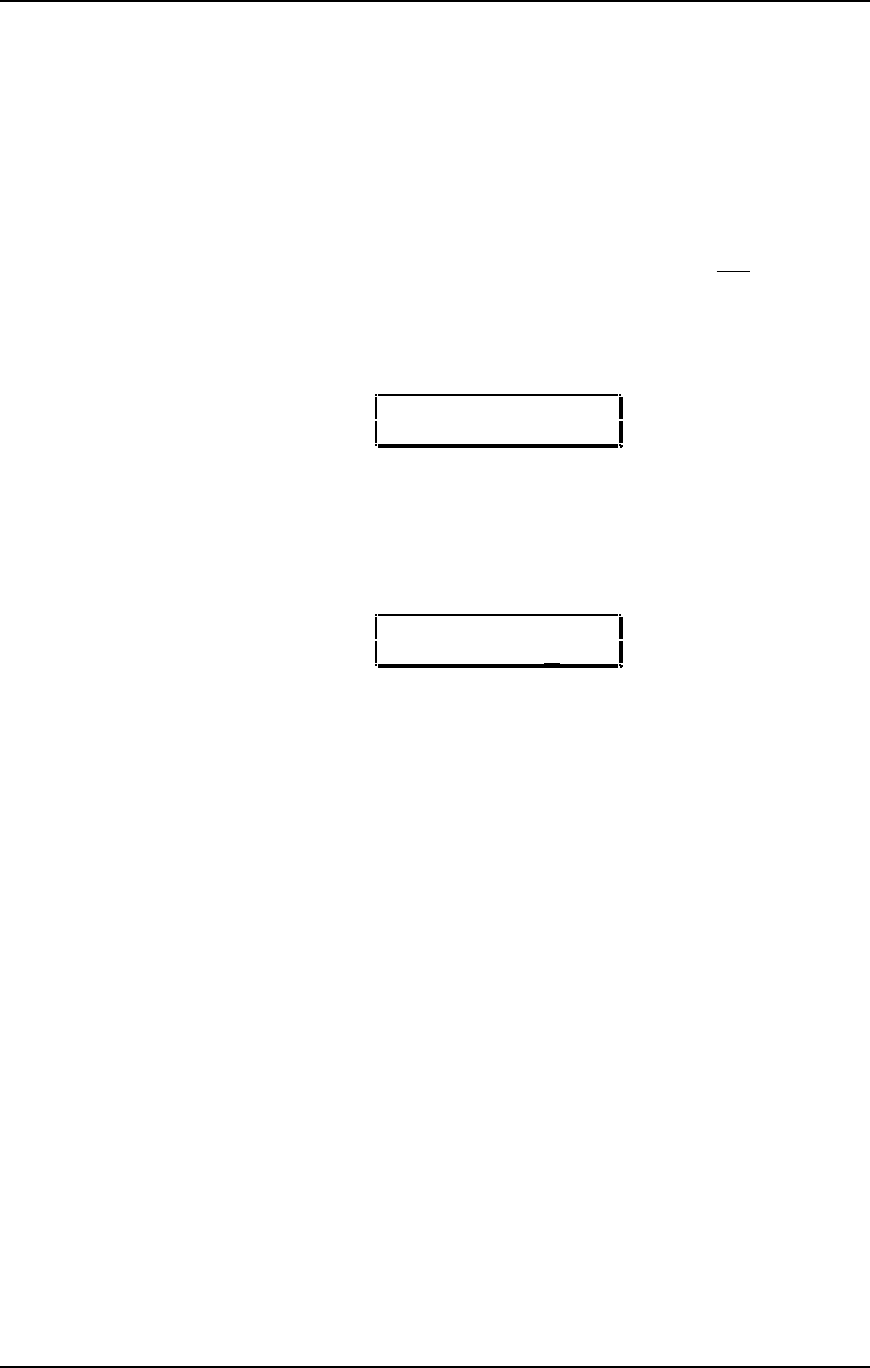
Overview: Chapter 4
COMPARING EDITED AND STORED VERSIONS
When you edit a Program or Mix, you are actually editing a copy which is in a
temporary edit buffer. Therefore, to retain the results of your edit, you must save it to
a particular memory location (see the next section on Storing). If you change memory
locations before saving, the buffer will be replaced and your edits lost.
Because the original Program/Mix remains undisturbed, you can compare the edited
version to the original by using the Compare function. You can only select Compare
mode when either Mix Edit, Program Edit or Effects Edit is selected, and the “*”
symbol appears in the display next to the Mix/Program’s name whil in either Mix Play
Mode or Program Play Mode.
Indicates Program or Mix has been edited
Ø
PROG*PRESET1 ºº
GrandPianoÍÎCh01
¿ While in an Edit Mode (the letters “ED:” should appear in the upper-left section of
the display), press [COMPARE].
The letters “ED:” in the display will change into “Cm:”.
Indicates Compare Mode is selected
Ø
Cm:PRG SOUND1 πå
SOUND ENABLE:ON
¡ Press [COMPARE] again to exit Compare mode and return to the edited version.
The letters “Cm:” will revert back to “ED:”. Pressing [MIX], [PROGRAM],
[GLOBAL], or [STORE] will also exit Compare mode. However, to return to
Compare mode after pressing one of these buttons, you must first press [EDIT]
and then press [COMPARE].
J
While Compare mode is selected, you can move around to view the various functions
and parameters, but you will not be able to edit anything. This is because you are
seeing what is in memory, not what is in the edit buffer.
PRESET MEMORY AND USER MEMORY
The QS has three types of memory banks for Mixes and Programs: Preset, User and
Card. The Preset banks, of which there are four, are stored in ROM (Read Only
Memory), and therefore cannot be altered. However, the User bank, of which there is
1, is stored in RAM (Random Access Memory). Card banks can be either ROM or
RAM. Anytime you want to keep an edited version of a Mix or Program, you will store
it into the User bank or onto a RAM Card. If you want to permanently change a Mix or
Program that is in the Preset bank, you can store the edited version into the User
bank (in either the same number location or a different number location). However,
this requires that you “store over” an existing Program or Mix, losing whatever was
previously in that location. If you don’t want to lose any of the sounds in the User
bank, you should back-up the entire bank to either an external SRAM or FlashRAM
PCMCIA card, or (via MIDI System Exclusive) into a data storage device or a MIDI
sequencer. See Chapter 9 for more information on external storage operations.
STORING
QS7/QS8 Reference Manual 35



